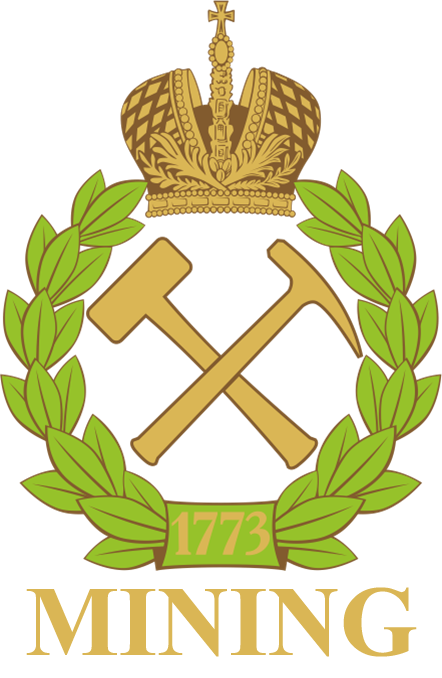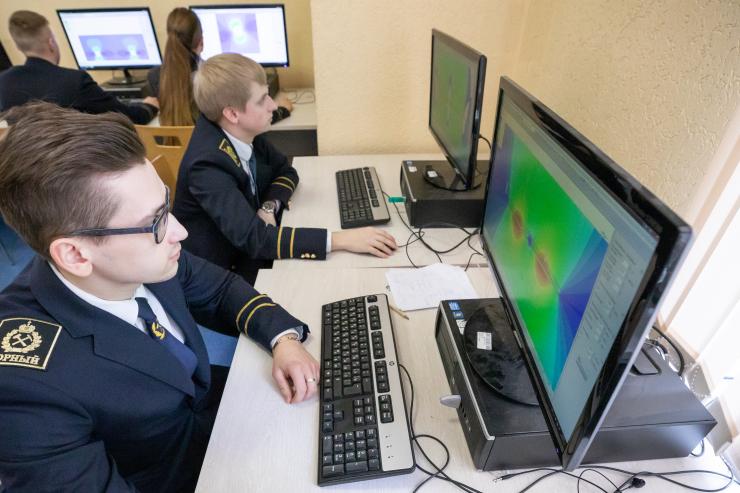About the training program
During the program, students study the main types of hazards associated with human activities and regulatory legal acts on safety issues. They learn methods and tools for assessing technogenic and natural hazards and the risk of their realization, acquire skills in conducting examinations of accidents and disasters with the preparation of technical conclusions, and master methods and tools for protecting people and their environment from technogenic and natural hazards.
What do graduates do?
Graduates of this program can work in departments, services, and supervisory authorities in occupational safety and industrial safety, as well as in organizations specializing in the special assessment of working conditions. Positions include occupational safety specialist, labor conditions assessment specialist, state occupational safety inspector, environmental engineer, safety and risk manager (analyst, expert), and fire safety engineer.


